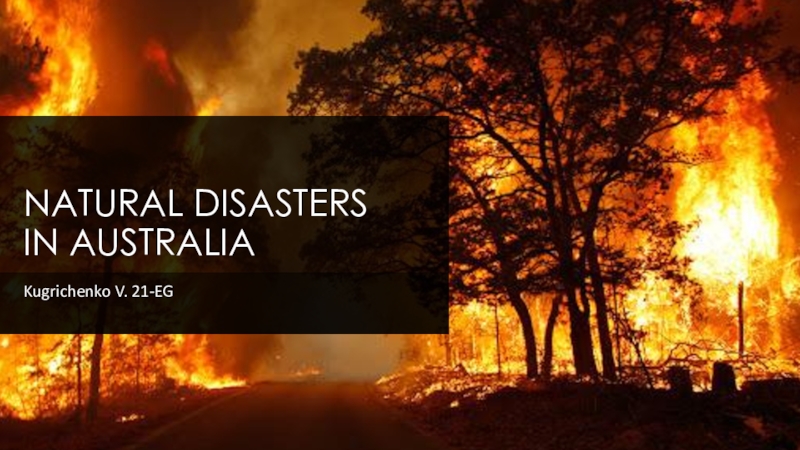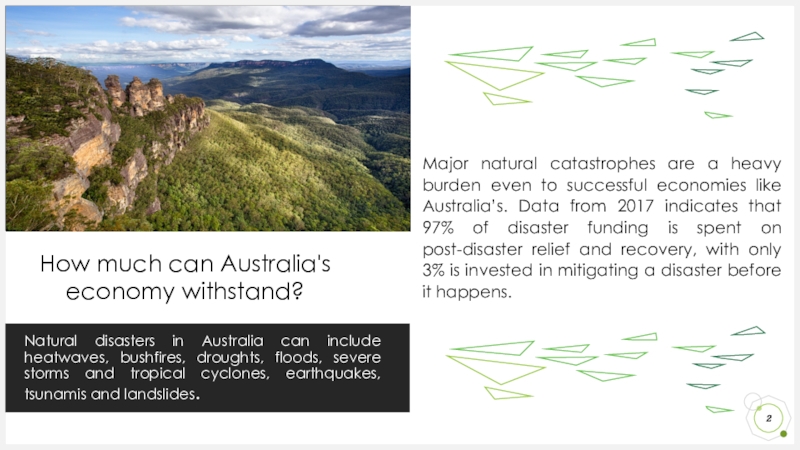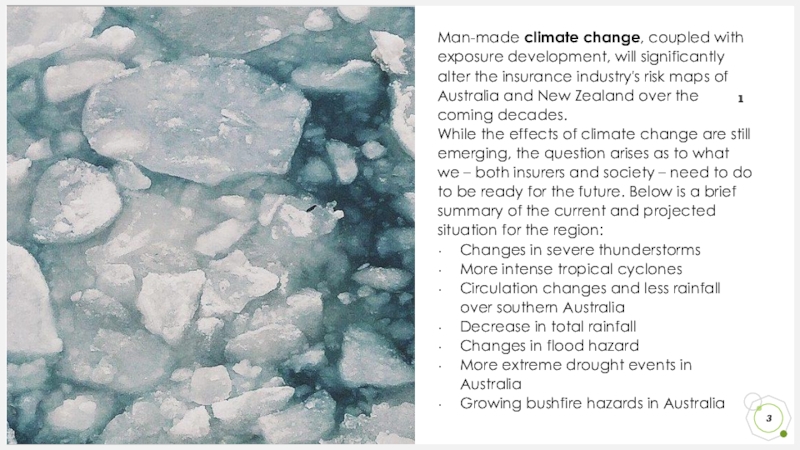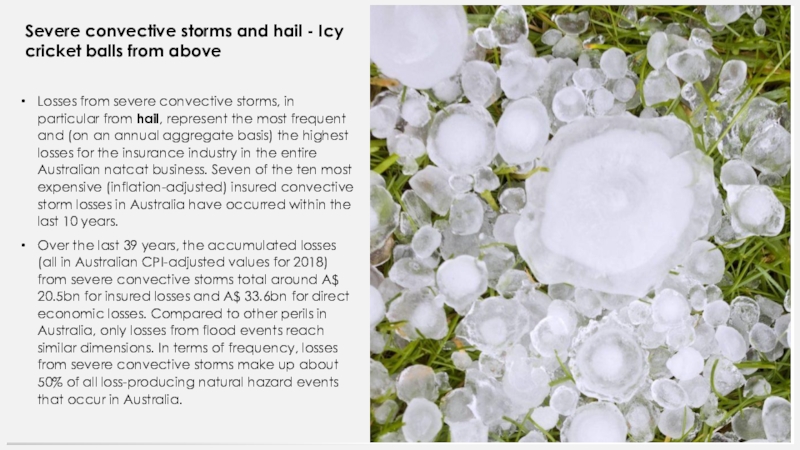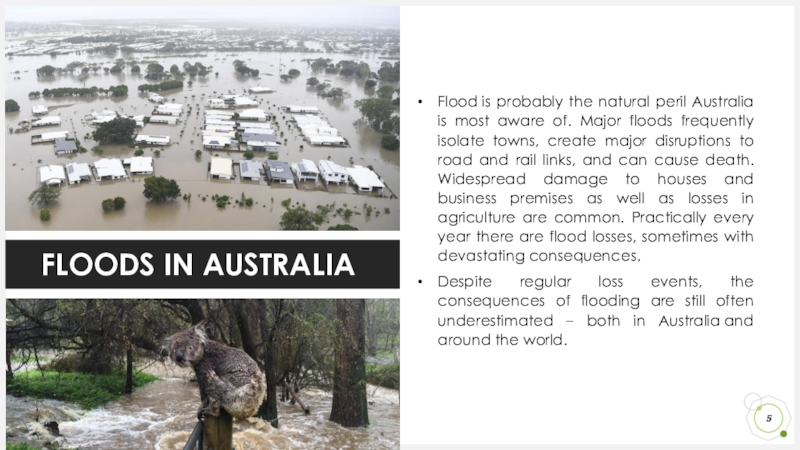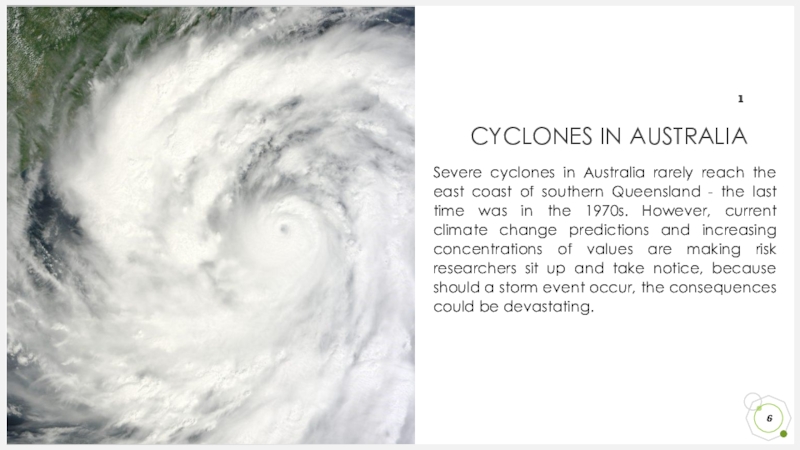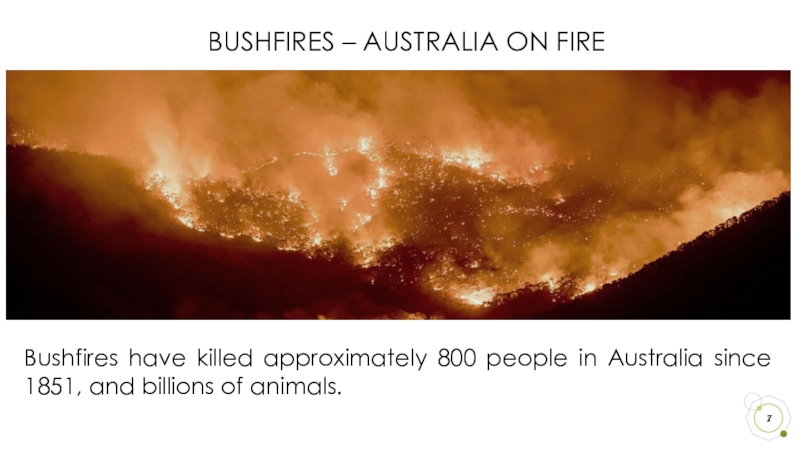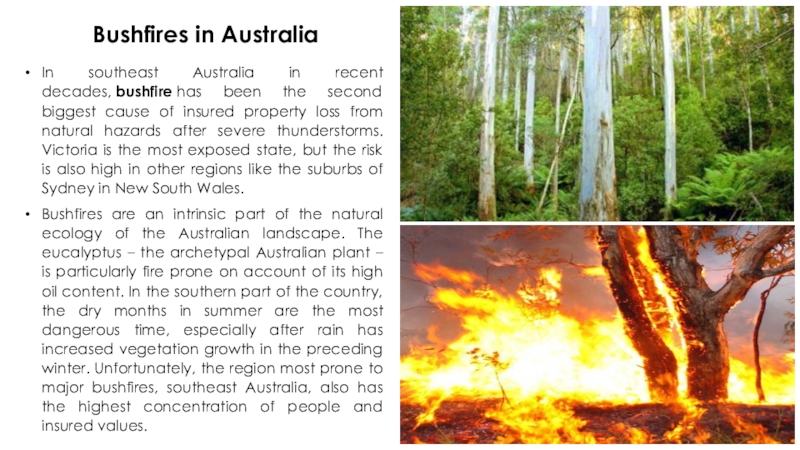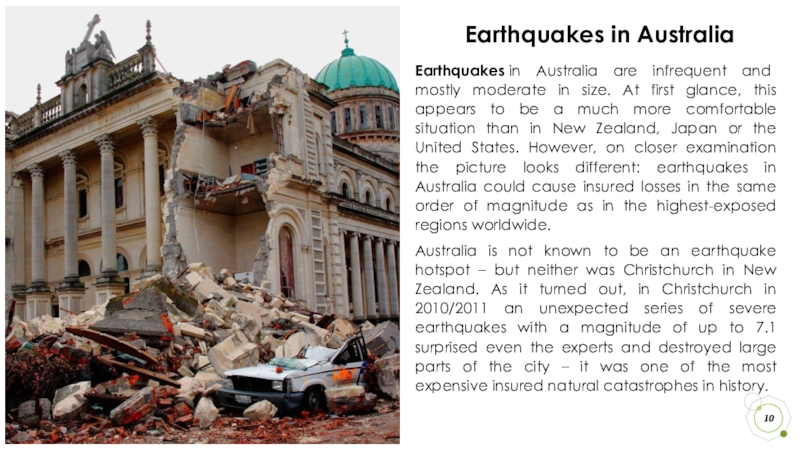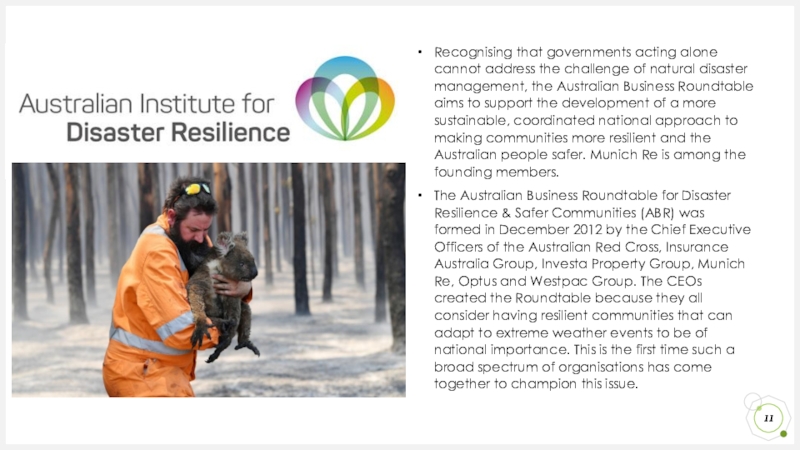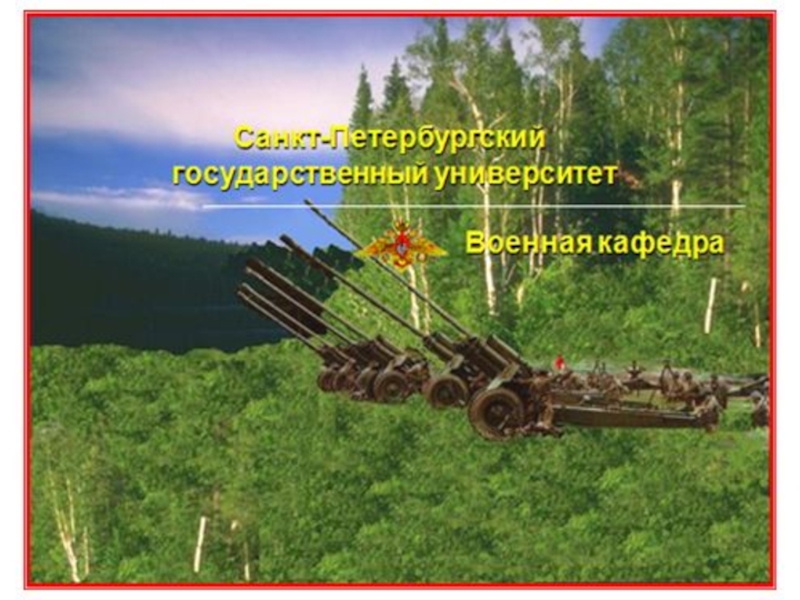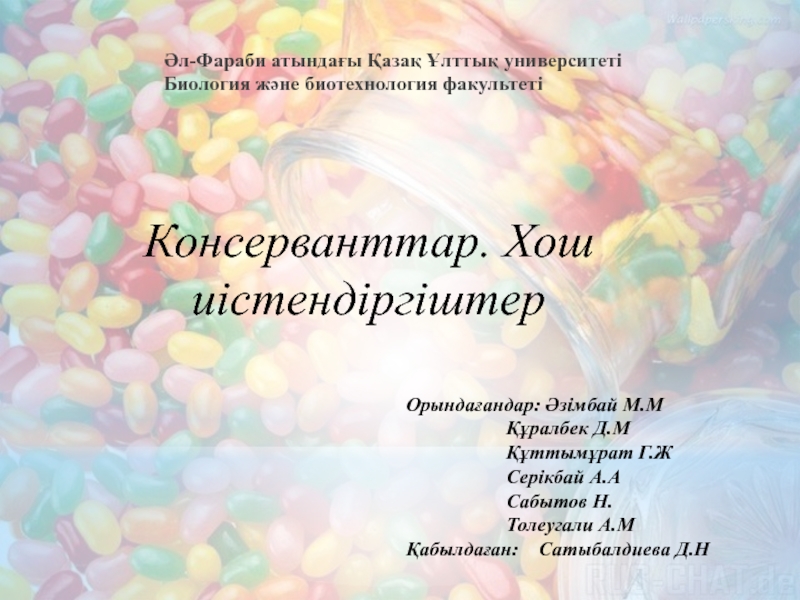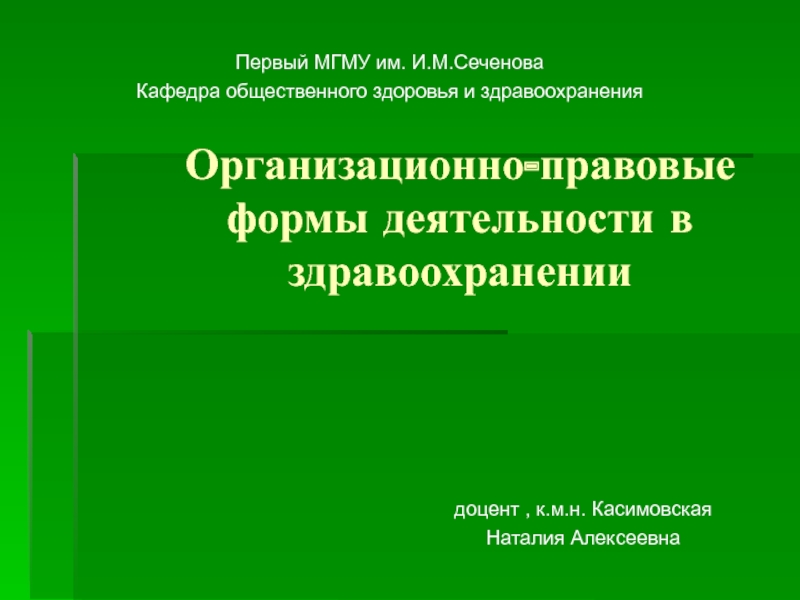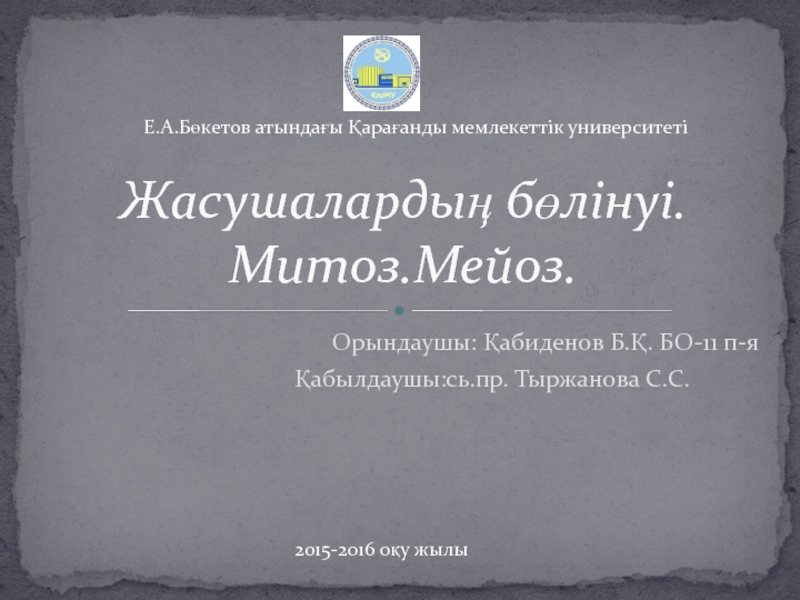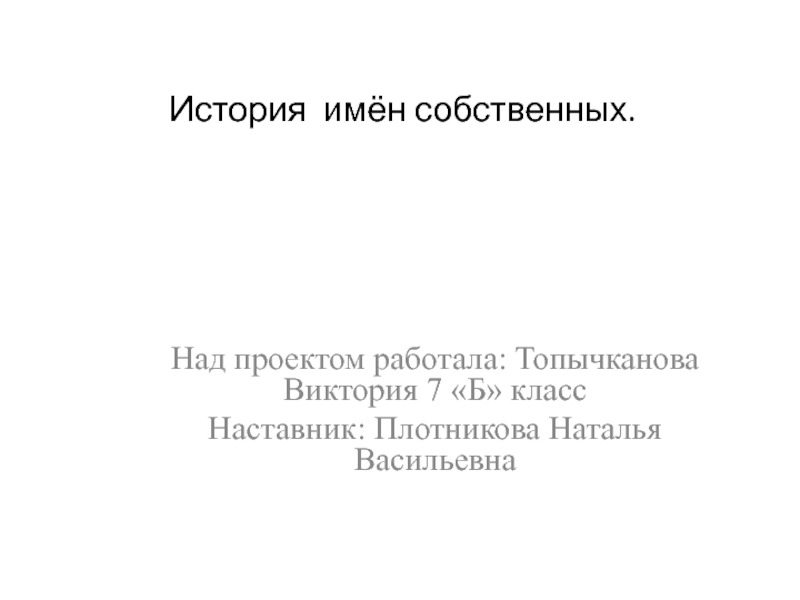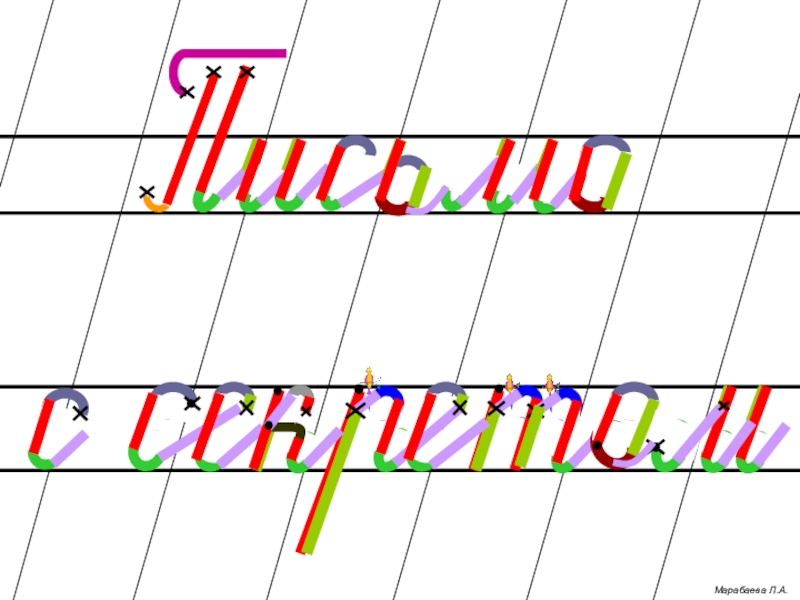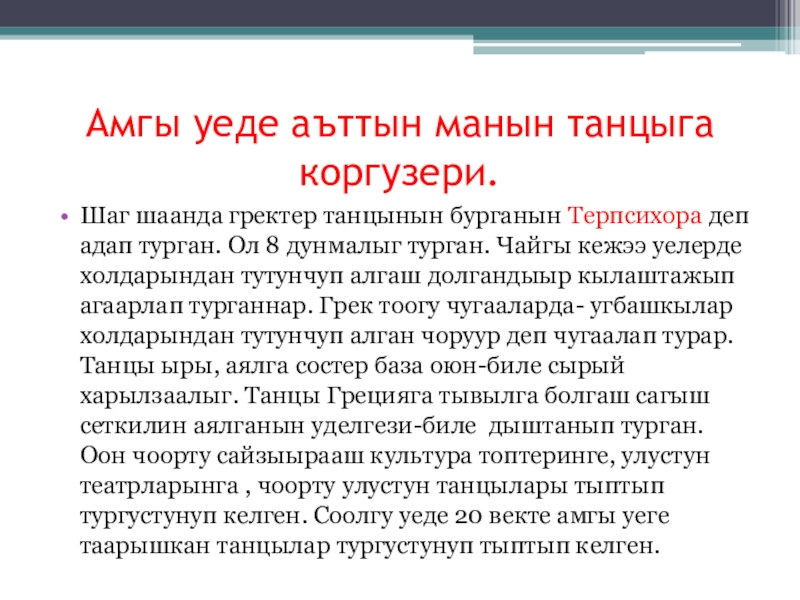обмен данными
Lorem ipsum dolor sit amet, consectetuer adipiscing elit
Сетевой API
Lorem
ipsum dolor sit amet, consectetuer adipiscing elit
Severe convective storms and hail - Icy cricket balls from above
Losses from severe convective storms, in particular from hail, represent the most frequent and (on an annual aggregate basis) the highest losses for the insurance industry in the entire Australian natcat business. Seven of the ten most expensive (inflation-adjusted) insured convective storm losses in Australia have occurred within the last 10 years.
Over the last 39 years, the accumulated losses (all in Australian CPI-adjusted values for 2018) from severe convective storms total around A$ 20.5bn for insured losses and A$ 33.6bn for direct economic losses. Compared to other perils in Australia, only losses from flood events reach similar dimensions. In terms of frequency, losses from severe convective storms make up about 50% of all loss-producing natural hazard events that occur in Australia.
